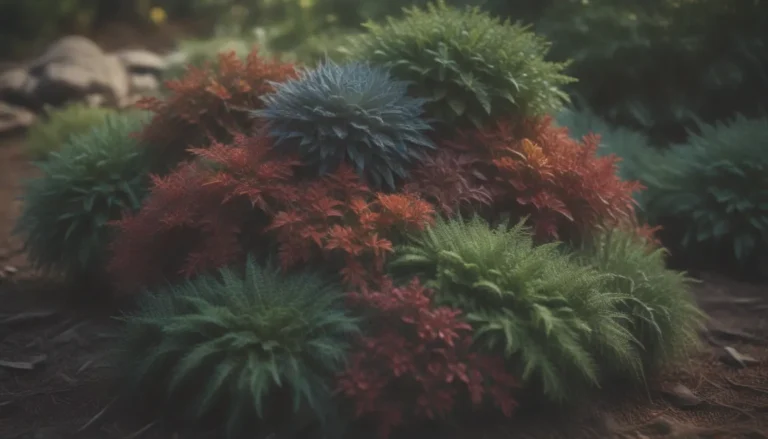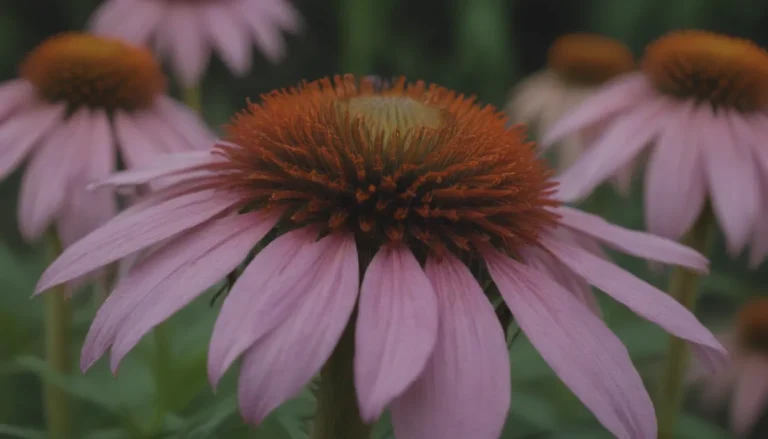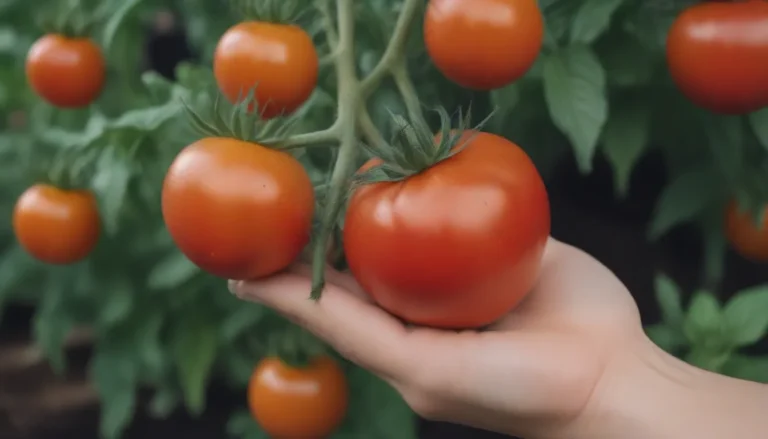Expert Tips for Growing and Caring for Bellflowers in Your Garden

If you are looking to add a pop of color to your garden, bellflowers are a fantastic choice. These versatile plants come in a variety of colors and sizes, making them a great addition to any garden. Whether you are a seasoned gardener or a beginner, growing and caring for bellflowers is relatively easy. In this comprehensive guide, we will discuss everything you need to know about growing and caring for bellflowers in your garden.
Bellflowers: A Versatile and Beautiful Addition to Your Garden
Bellflowers, or Campanula, are native to the Northern Hemisphere and come in various forms such as perennials, biennials, or annuals. These plants are known for their beautiful blooms in shades of blue, purple, and white, making them a popular choice among gardeners. Bellflowers can be trailing, clumping, or upright, giving you plenty of options for your garden.
Bellflower Care Tips
Taking care of bellflowers is relatively simple, but it’s essential to provide them with the right conditions to thrive. Here are some key care tips to keep your bellflowers healthy and blooming:
Light
Bellflowers thrive in full to partial sunlight. Make sure to plant them in a location where they receive adequate sunlight throughout the day.
Soil
For the healthiest plants and abundant flowers, plant your bellflowers in loamy soil with good drainage. This will help prevent waterlogging, which can be detrimental to the plants.
Water
Bellflowers prefer moist soil, but be careful not to overwater them. Keep the soil consistently moist, but not soggy, to prevent root rot.
Temperature and Humidity
Bellflowers are hardy down to zone 3b on the USDA hardiness map. They prefer cooler temperatures and moderate humidity levels to thrive.
Fertilizer
In the spring, apply a balanced fertilizer to your bellflowers as new growth begins to form. This will help promote healthy growth and abundant blooms.
Types of Bellflowers to Consider
There are many different species of Campanula to choose from, each with its unique characteristics and growing requirements. Some popular types of bellflowers include:
- Creeping bellflower
- Fairy bellflower
- Carpathian bellflower
- Clustered bellflower
- Canterbury bells
- American bellflower
- Trailing bellflower
Pruning and Propagating Bellflowers
Bellflowers typically do not require extensive pruning, but it’s essential to remove spent flower stalks and dead leaves to promote new growth. Additionally, bellflowers can be propagated through cuttings or by dividing existing plants. Here’s how you can propagate your bellflowers:
Propagating from Cuttings
- Use garden snips to take cuttings from healthy plants.
- Plant the cuttings in a small pot filled with potting soil.
- Place a plastic bag over the pot to create a greenhouse effect.
- Keep the soil moist and watch for new growth.
Dividing Plants
- Use a shovel and a sharp garden trowel to divide existing plants in early spring.
- Transplant the divided plants to new locations in your garden.
Growing Bellflowers from Seed
While growing bellflowers from seed requires patience, it can be a rewarding experience. Bellflowers typically don’t bloom until the second growing season, so be prepared to wait for the beautiful blooms. Here’s how to grow bellflowers from seed:
- Directly sow the seeds into loose, loamy soil after the risk of frost has passed.
- Keep the soil moist by watering regularly.
- Be patient and wait for the seeds to germinate and grow into healthy plants.
Potting, Repotting, and Overwintering Bellflowers
If you choose to grow bellflowers in containers, select dwarf or trailing cultivars that complement other plants. Use well-draining potting soil and place the container in a sunny location. Most container-grown bellflowers are treated as annuals, but taller cultivars can be transplanted into the garden for long-term growth.
Overwintering bellflowers is relatively low-maintenance, as they typically remain green throughout the winter in temperate areas. If you expect a hard freeze, mulch the plants with organic material for added protection.
Common Pests and Plant Diseases to Watch Out For
Bellflowers are hardy plants that resist most diseases and pests. However, in damp and humid conditions, they may be susceptible to rust and powdery mildew. To prevent these issues, ensure good air circulation around the plants and remove any affected leaves promptly. Additionally, watch out for garden slugs, which can damage the foliage.
How to Encourage Bellflowers to Bloom
To keep your bellflowers blooming profusely, provide them with plenty of sunlight and keep the soil consistently moist. Dividing garden bellflower clumps every two to five years will help promote new growth and encourage blooms. Consider amending the soil with organic matter or using a well-balanced fertilizer to support healthy growth.
Common Problems and Solutions for Bellflowers
Some common issues with bellflowers include invasiveness, overwatering, and poor drainage. Certain species of bellflowers, such as Creeping bellflower, are known to be invasive and can overtake a garden if not managed properly. Additionally, overwatering or poor drainage can lead to yellowing leaves and root rot. It’s essential to monitor your bellflowers regularly and address any issues promptly.
In conclusion, bellflowers are a beautiful and versatile addition to any garden. With the right care and attention, these plants can thrive and bring color and vibrancy to your outdoor space. By following the tips outlined in this guide, you can successfully grow and care for bellflowers in your garden. Whether you are a novice gardener or a seasoned expert, bellflowers are sure to delight with their stunning blooms and easy-going nature. So, roll up your sleeves, get your hands dirty, and enjoy the beauty of bellflowers in your garden!





